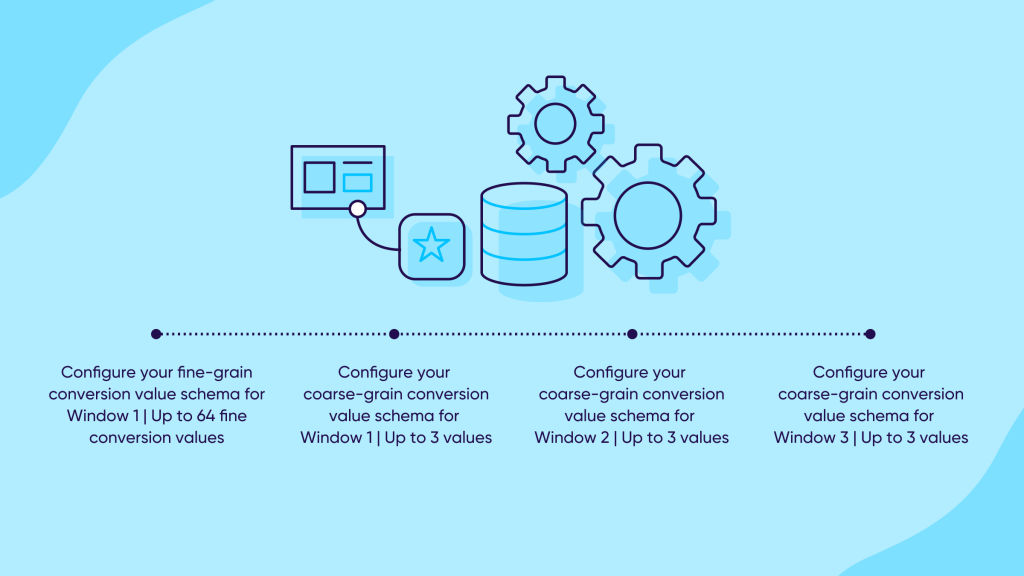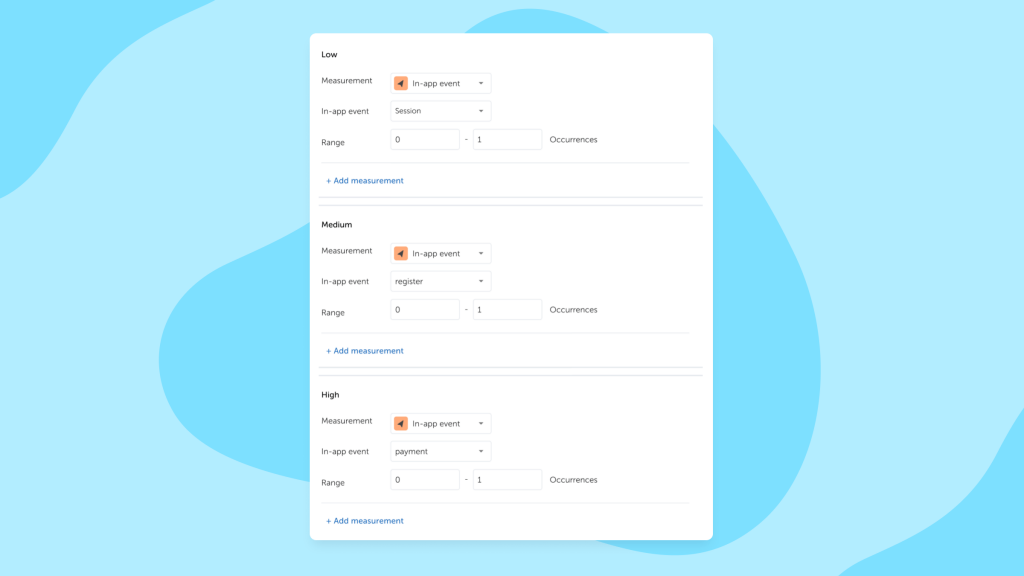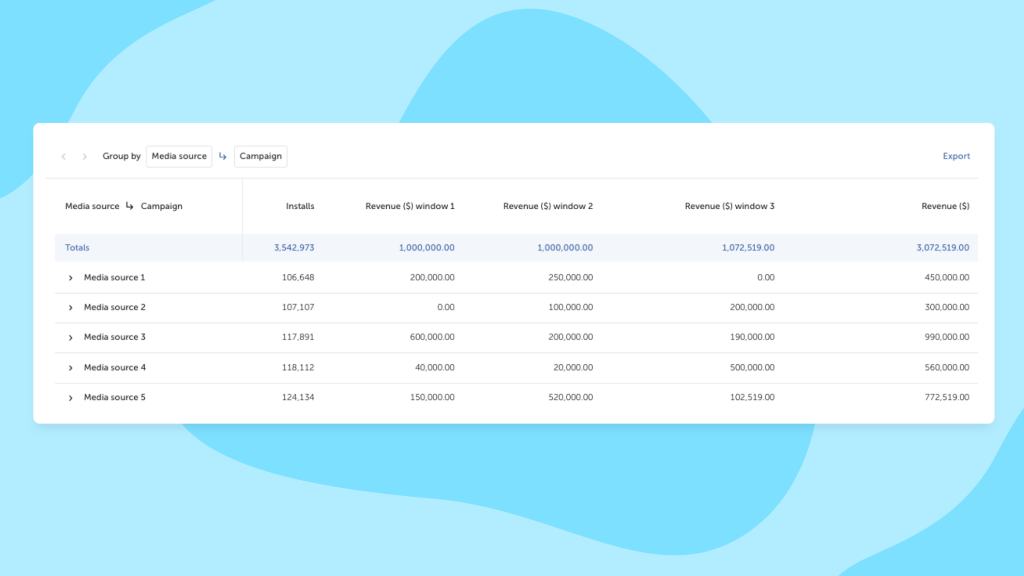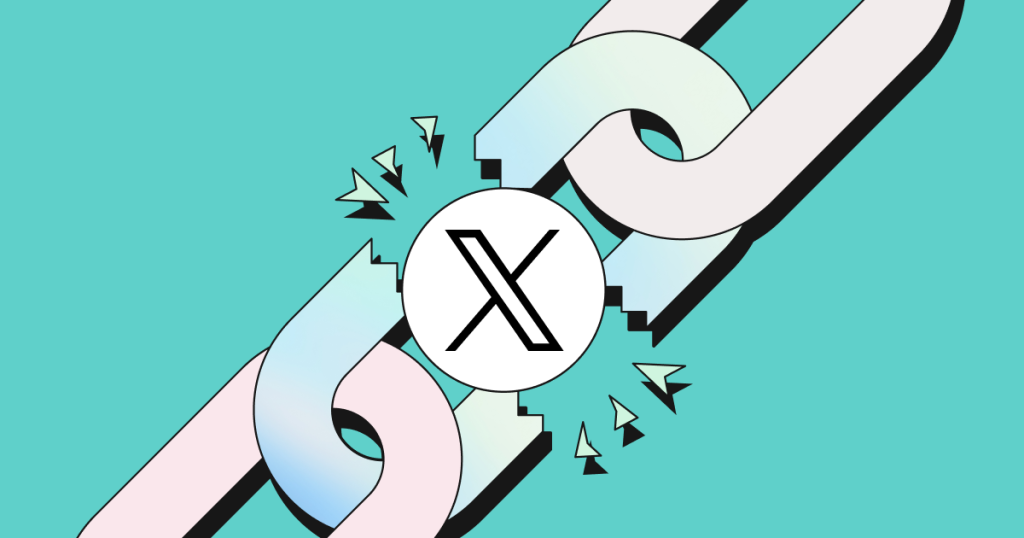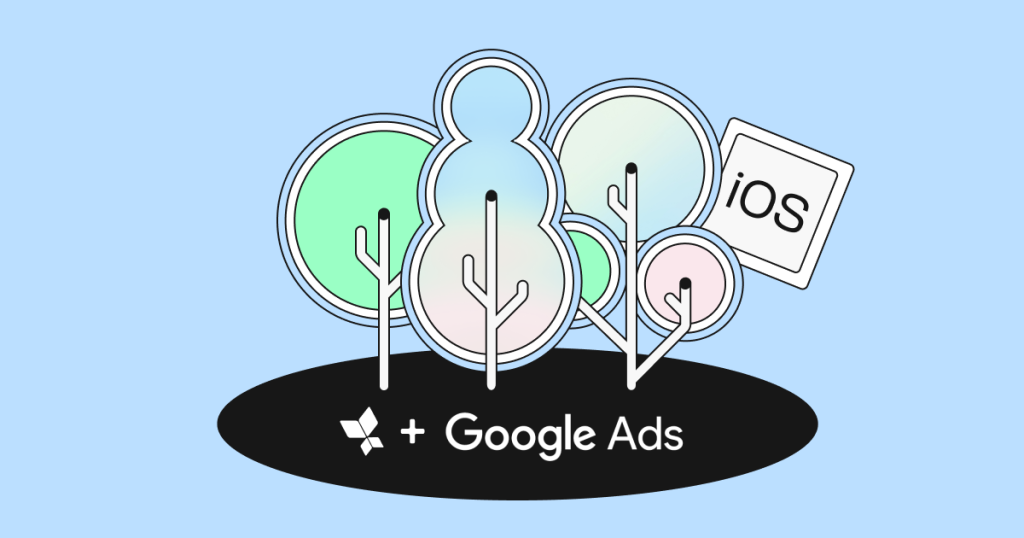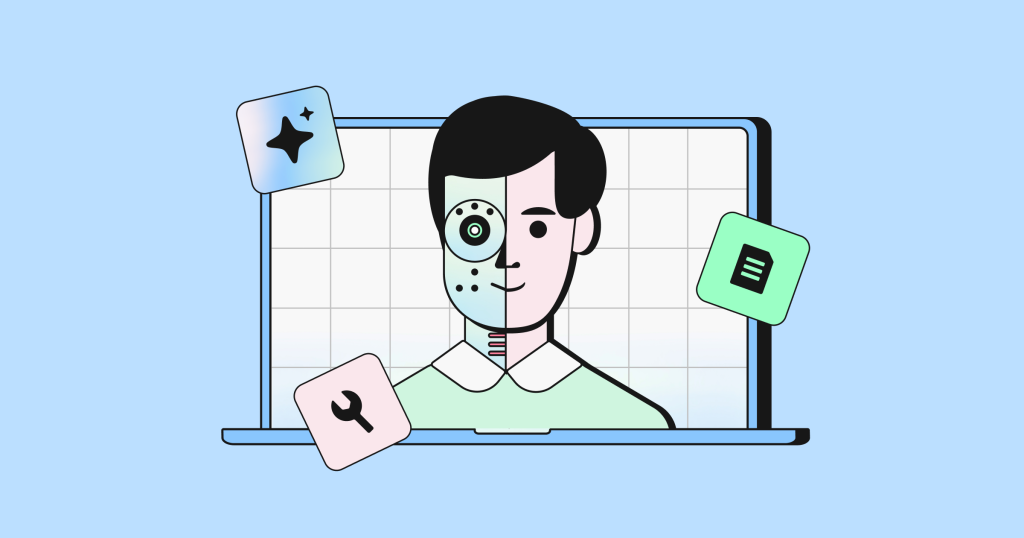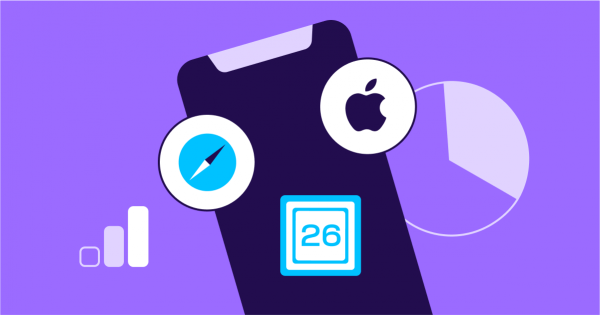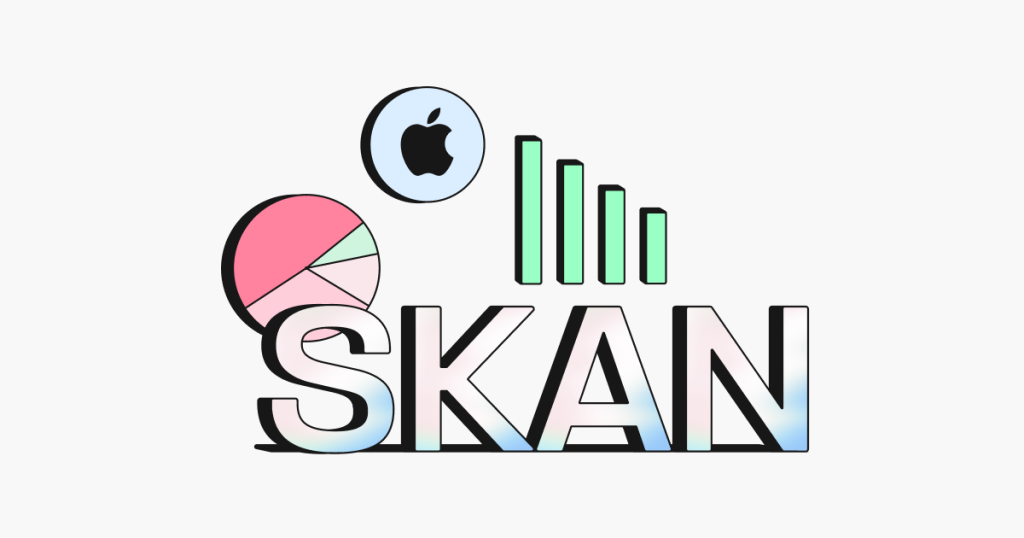Simplifying SKAN 4.0: 5 features that will help you master the changes


Is SKAN 4.0 the most advertiser-friendly version of SKAN to date? Or is it the most complicated?
When the new SKAdNetwork was first announced in WWDC 2022, the mobile marketing industry was divided. On the one hand, SKAN 4.0 offers more capabilities — on the other hand, even the savviest of advertisers have struggled to understand how to leverage these capabilities.
SKAN 4.0 can be interpreted in many different ways. Our interpretation is based on a lot of research and many conversations we’ve had with our customers and partners. It sets a new standard for the industry, and enables advertisers and ad networks to take full advantage of the new capabilities.
In a previous post, AppsFlyer’s Roy Yanai discussed the main changes that come with SKAdNetwork 4.0 and how advertisers can start to shift their strategy. In this post, we’ll cover how AppsFlyer is going to support and simplify SKAN 4.0 for our customers.
1. Shifting to four (!) conversion value schemas instead of one
SKAN 4.0 introduces coarse-grained conversion values, which enable advertisers to classify in-app activity as “low”, “medium” or “high”, and receive at least some attribution data at medium levels of crowd anonymity.
As you may recall, in SKAN 3.0 and below, conversion value mapping had a limit of six bits, or 64 possible conversion values. Version 4.0, however, adds coarse-grained value mapping to the conversion value schema, giving advertisers additional dimensions of measurement.
Fine-grained conversion values can only be sent with the first postback, whereas coarse-grained conversion values could potentially be sent with all three postbacks.
To take full advantage of the benefits of SKAN 4.0, we’ll enable advertisers to configure four different conversion value schemas — and ensure they can do so easily in Conversion Studio.
2. Giving each measurement window its own configuration
While one option is to configure your coarse value mapping for all three windows, we’ve decided that each measurement window will have its own configuration.
This is because each measurement window represents a different time frame (day 0-2, day 3-7, day 8-35), and as time progresses, user behavior changes.
If you were to measure revenue, for example, you would have to measure the same ranges for day 2 as you would for day 35. Or, if you were to measure subscription events that occur only on day 7 (during the second measurement window), you would have to measure the same subscription events for the first and last windows as well — which makes no sense.
3. LockWindow will be based on value, not a time frame
In SKAN 4.0, Apple introduced a new capability called “LockWindow”, which allows advertisers to freeze measurement and lock in the conversion value in order to receive postbacks sooner.
For example, advertisers can lock the window of the second postback anywhere between day 3 and day 7.
The problem with LockWindow is that in order for it to work, the user has to have launched the app already. For example, if you decided to lock the measurement window on day 5, and the user only launched the app on day 6, the locking mechanism would only be triggered at that point. For this reason, we’ve decided to enable advertisers to lock the measurement window when the coarse conversion value is “high”.
4. The SKAN dashboard will display cumulative data from all three postbacks
Currently, the SKAN Overview dashboard features SKAN campaign performance data based on a single postback.
With SKAN 4.0, reports will include a breakdown of performance metrics for each measurement window, and cumulative data from all three.
We believe that providing such flexibility in our SKAN reports will enable customers to better optimize and analyze their campaigns.
5. Easy transition from SKAN 3.0 to SKAN 4.0 without data loss
As with previous versions, the transition to SKAN 4.0 is not going to happen overnight.
According to our data, it took six months for SKAN 3.0 to reach a 50% adoption rate.
SKAN 4.0 postbacks will only be supported if and when the following conditions are met:
- The ad network generates an ad signature for version 4.0
- The advertised app is running on a device with iOS v16.1 or newer
- The app is built with the iOS 16.1 SDK or newer
Customers who choose to migrate to SKAN 4.0 via AppsFlyer’s Conversion Studio will have our ongoing support, and we’ll take care of the transition for them.
In cases where ads are signed with SKAN 3.0 or earlier versions, we’ll make sure to apply the necessary logic, so advertisers can rest assured that no data will be lost.
How are ad networks going to support SKAN 4.0?
In previous versions of SKAN, campaign IDs were limited to two digits, which meant ad networks could only assign an ad a number between 0 and 99.
In SKAN 4.0, the campaign ID is renamed “Source ID” and contains four digits (up to 10,000 possible values). One of the most frequent questions we get from our customers is, “how are ad networks going to utilize the new Source ID for measurement?”
In July of 2022, we conducted an industry expert webinar on SKAN 4.0 with representatives from Match Group, Supercell and Liftoff. We broached the topic of the four-digit source IDs and how ad networks planned to utilize the additional capabilities two more digits provide.
Matt Ellinwood, Director of Product at Liftoff noted: “The opportunity here is this is a way in which we can reintroduce some cohort abilities. The question is, what cohorts are really going to make a difference for advertisers? What other dimensions are there that we’ve really lost with the current version of SKAN, that we might be able to get some meaningful signal back into?”
As it stands today, there doesn’t seem to be alignment among ad networks as to how they plan to utilize these changes. In our conversations with ad networks, many have explicitly stated that they plan to use the extra digits to measure location (geo) and creatives.
In any case, we’ll be updating our partner integrations to support these data points.
A sneak peek into the future
Although SKAN 4.0 is without a doubt a game-changer, the one thing that hasn’t changed is that it limits LTV performance measurement. So in addition to providing basic SKAN 4.0 capabilities, we’ll continue to tackle SKAN limitations by extending the abilities of our current solutions.
Single Source of Truth (SSOT) customers will be able to get a combined report of AppsFlyer and SKAN performance metrics, including metrics from the second and third measurement windows.
As SSOT already provides Day 7 revenue metrics, customers will be able to measure revenue while using their coarse values to measure events or retention, for example.
However, if they do decide to measure revenue in the second window, we’ll still be able to enrich their performance reports with the additional data we’ll get from SKAN.
And that’s not all: even though coarse-grained conversion values provide a ballpark estimate of post-install user activity, they don’t provide as much value as fine-grained conversion values. Just like with Null CV Modeling, we plan to model coarse-grained values into fine-grained values.
As always, there is plenty to look forward to, so stay tuned for more updates.


